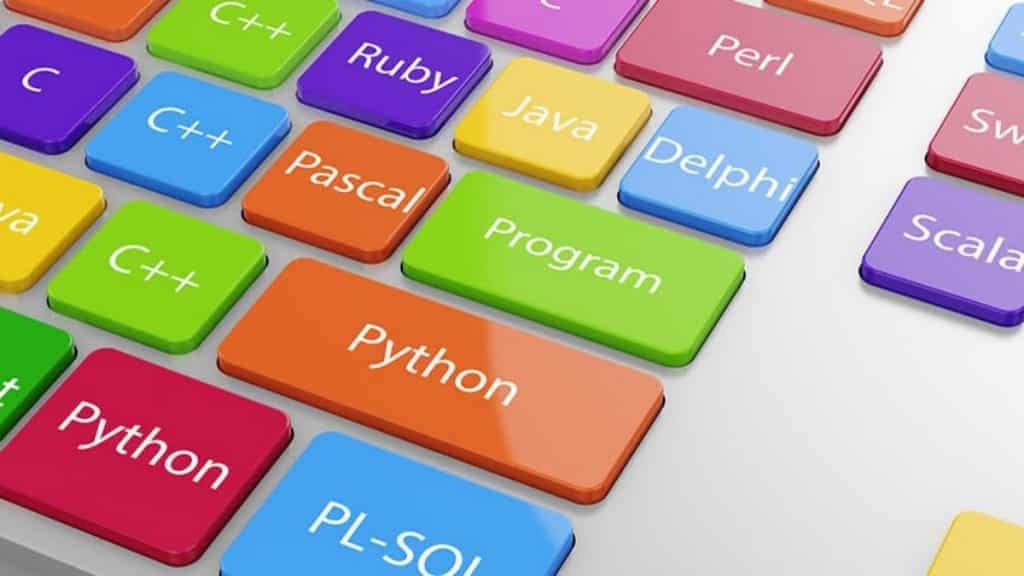That programming continues to be a lucrative career option is a well-known fact today, especially in light of how well big tech has fared despite the Covid19 pandemic. Not surprisingly then, the demand for coding classes also continues to soar. We find today not just college students learning coding or senior executives pursuing courses to upskill and stay relevant, but also school kids learning programming from ages as early as 5 years.
The question then is which are the top programming languages for kids to learn? Read on to know…
1. Scratch
Without a doubt, Scratch has to be the friendliest coding language for kids today. A visual programming language and online community targeted mainly at children, one learns coding with blocks in the editor. Kids basically get to build online projects using block-like interfaces and what makes it attractive to kids and beginners is the fact that it is rather easy to learn. Moreover, concepts learned in Scratch can be of use while learning other basic programming languages such as Python and Java.
2. Python
A programming language similar to the English language, Python too is quite easy to grasp. For starters, many common functionalities that programmers require are already built into this programming language. Plus, Python has constructs that allow clear programming on both small and large scales. It also helps that Python is widely used today – be it in mobile applications, desktop applications, web development, hardware programming, and many more. This lends it a versatility not found in many languages. Today Python is used in fields as varied as Big Data Analytics, Internet of Things (IOT), Full Stack Web Development, Computer Vision, Machine Learning and Artificial Intelligence.
3. JavaScript
JavaScript is the ideal coding language for kids who wish to learn web development and design. It is an object-oriented and procedural programming language; in other words, its actions are carried out on the user’s computer. Its popularity can be traced to its widespread use for creating front-end or client-facing applications. Native on all web browsers and commonly used to create complex interactive web applications, it is one of the three core technologies of the World Wide Web (along with HTML and CSS).
In fact, JavaScript engines today run software such as web servers, databases, desktop widgets and non-web programs like word processors and PDF software.
4. C#
For kids wanting to learn how to make 3D games, C# is without a doubt, the best bet. Developed by Microsoft, this coding language is used to develop most third-party applications for Windows (think web applications, video games, and other programs). Even those who have never learnt coding can embark on their programming journey with C#. Boasting advantages such as strong memory backup, automatic garbage collection and rich class libraries, it has a syntax similar to that of Java, which means that it is easier to learn C# for those who have worked with Java.
5. Dart
An object-oriented, class defined programming language developed by Google, Dart is a garbage-collected language with a C-style syntax.
Given its support for interfaces, mixins, abstract classes and a sound type system, Dart is a popular choice for creating web, server, desktop, and mobile applications. Flutter, the open-source mobile application development framework created by Google to develop Android and iOS apps, is written in Dart. Equipped with features that are familiar to users of both static and dynamic languages, Dart is also fairly easy to learn. Moreover, it makes it easier to work on smooth animations and transitions that run at 60fps (frames per second).
As mentioned above, Scratch leads the list when it comes to coding languages for younger kids while Python is ideal for those older (in age group 8 and above). And both languages – in fact, all of the above – can be learnt online today. But while there is no shortage of free learning resources, there are also many coding classes that one can turn to for greater accountability. A leading coding program for kids and teens, YoungWonks provides students individual attention in 1:1 live lessons. Students here are encouraged to explore their creativity by experimenting and fashioning new programs, apps, websites, games, robots and electronic devices. It also believes in a self-paced learning model which in turn has yielded great results; for instance, YoungWonks students have even won first prizes at the RoboRave International 2018, RoboRave California 2018 and RoboRave US National 2017.

